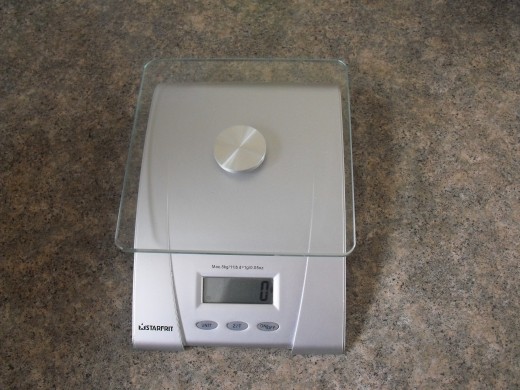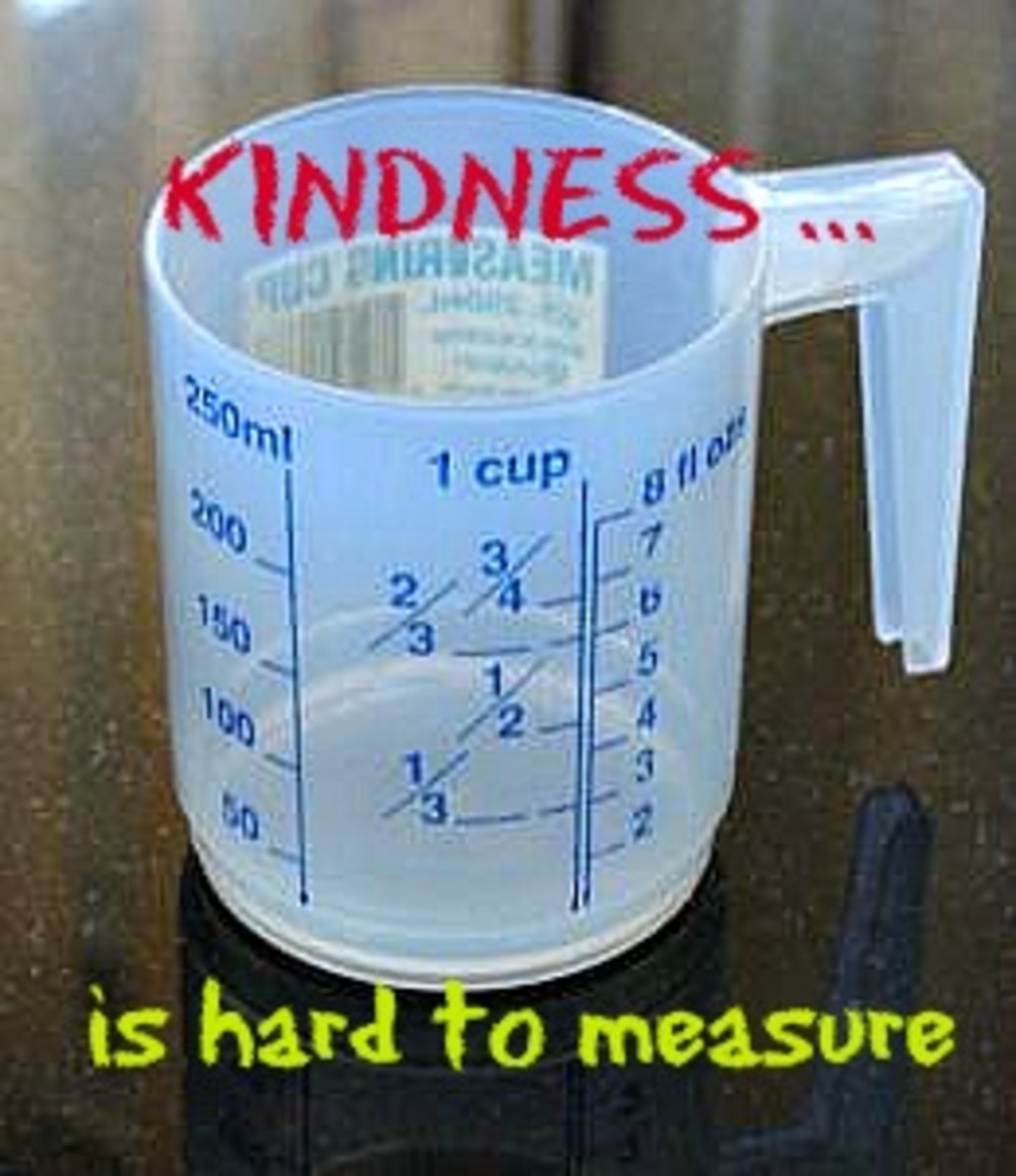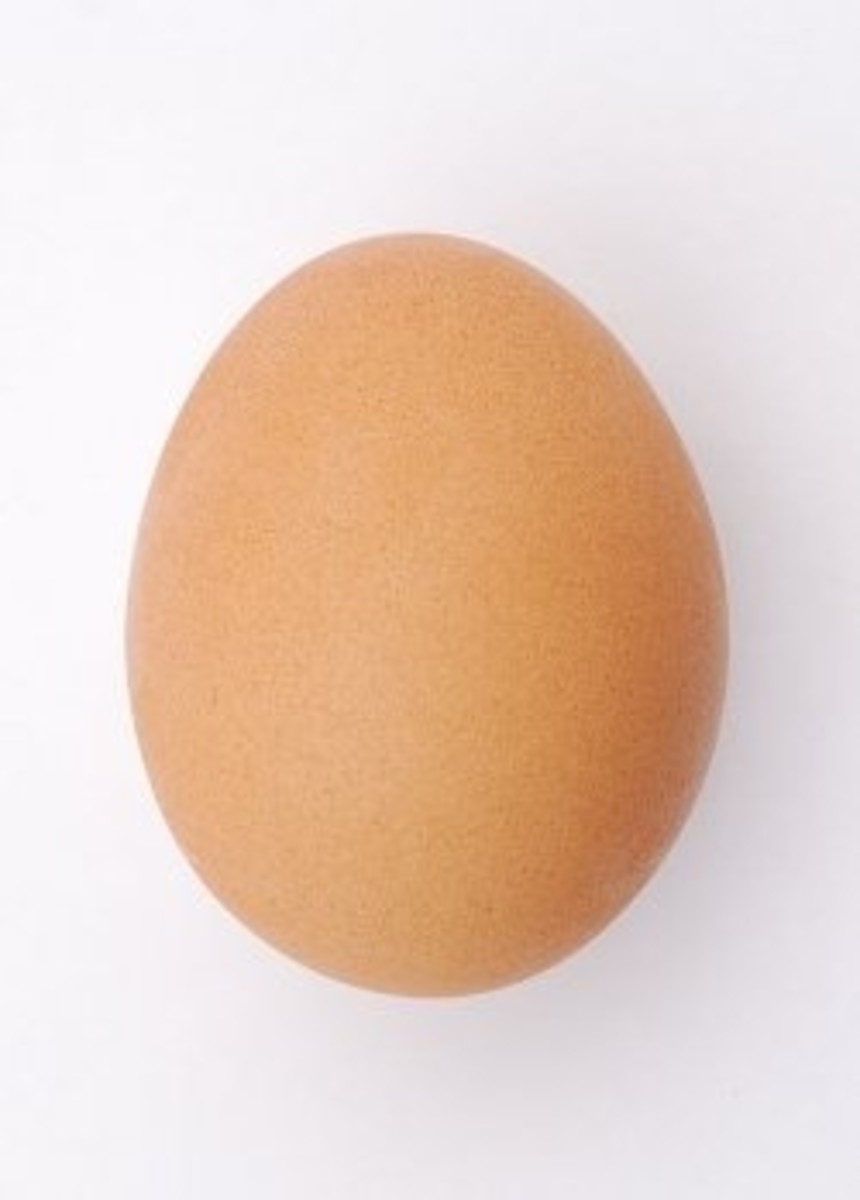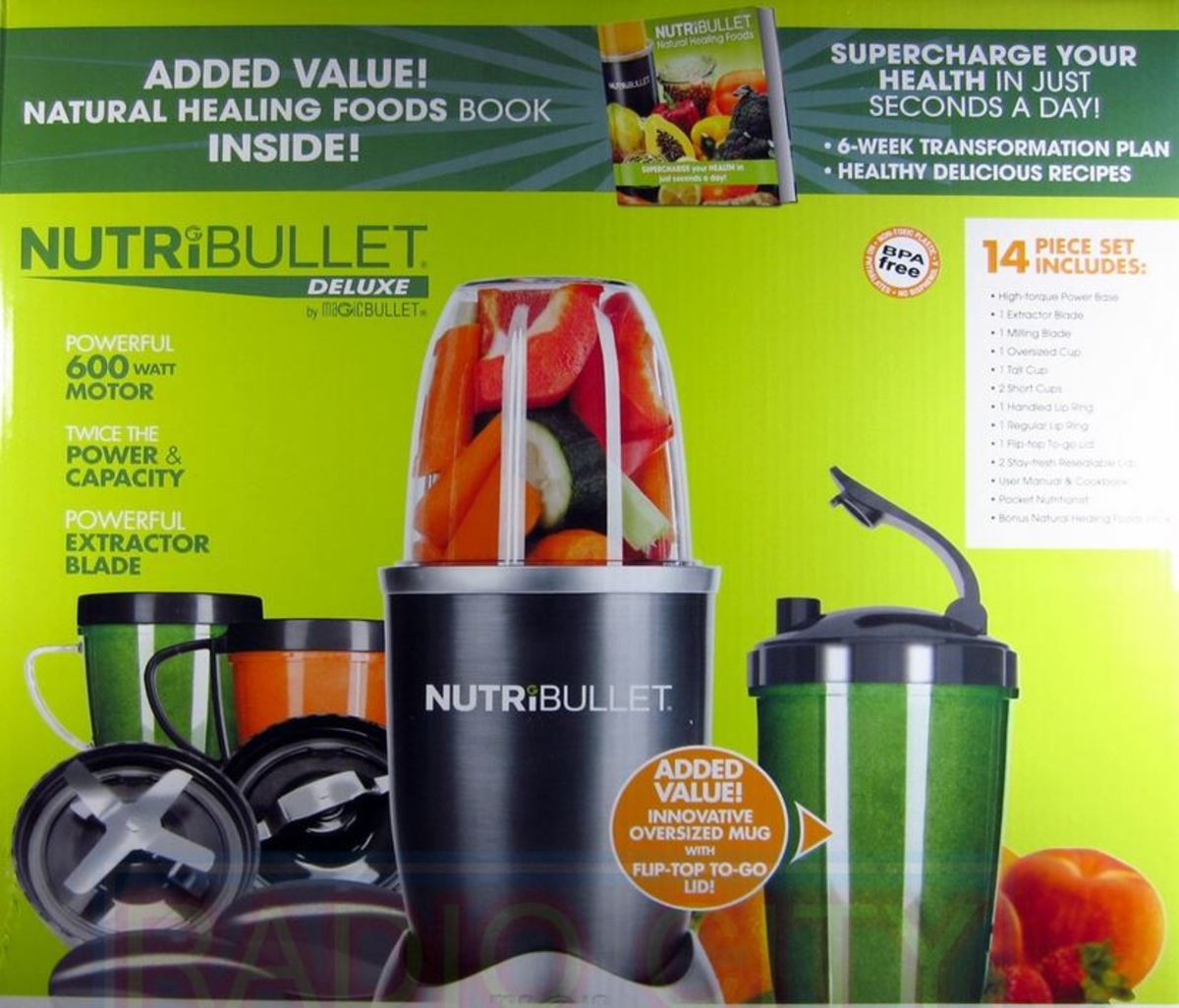The confused cook: How to measure ingredients correctly

Why my digital kitchen scale is my new best friend
I love to try out new recipes and experiment with food. The internet has opened a whole new cooking world for me. There’s nothing more exciting than international cuisine - the more exotic, the better. However, while trying out recipes from all over the globe, I tend to get confused about the different measurements. I mean, how on earth are you supposed to measure a cup of butter? After all, we are not talking about liquid butter here. I grew up measuring recipes by weight and that makes sense to me. You slap the butter on your kitchen scale – and voilà. While watching a cooking program on TV recently, a world famous French chef convinced me even more. He said: "You cannot possibly cook properly without accurate measurements, and a cup is not exactly accurate, is it"? So I bought myself a digital kitchen scale with an automatic conversion feature (metric/imperial) and I’ve never looked back since. It even has a "tare" function that allows me to weigh items consecutively without having to remove the mass already on the scale. This nifty little gadget has become my favourite cooking tool. If I had to take one thing with me to a deserted island, this is probably it. Now if you are wondering what I am doing on a deserted island and why I’m taking a kitchen scale along, I will tell you later. But first let's talk about these crazy conversions, to make you confused as well.

This video explains why measuring with a digital kitchen scale makes you a better chef:
Main differences between metric, British imperial and the US customary measurements
In the metric world dry ingredients are measured by weight. In the imperial world they are measured in cups or ounces.
In the metric world a pound is 500 grams. A kilogram therefore has exactly 2 pounds. In the imperial world a pound measures 453 grams and there are roughly 2.2 pounds in a kilogram.
In the metric world our baking tins are measured in centimetres. In the imperial world they are in inches.
In the metric world our baking temperatures are in Centigrade. In the imperial world they are in Fahrenheit.
In the metric world liquid ingredients are measured in litres and millilitres. In the imperial world they are measured in gallons, quarts, cups and ounces. Now to add to the confusion, while a British ounce is roughly 28 ml, a US ounce is almost 30 ml! A British quart is 1136 millilitres whereas a US quart is 946 millilitres. A UK gallon is 4546 millilitres and a US gallon 3785 millilitres. Now while the Americans are using the US gallon, their Canadian neighbours are calculating in British gallons. How weird is that? Canada is officially on the metric system but most middle-aged and older Canucks are still living in their good old British imperial world.
Both the imperial and US customary system of measurements systems derive from earlier English systems used in the Middle Ages, that were the result of a combination of the local Anglo-Saxon units inherited from German tribes and roman units brought by William the Conqueror after the Norman Conquest of England in 1066. Having this shared heritage, the two systems are quite similar, but there are differences. The US customary system is based on English systems of the 18th century, while the Imperial system was defined in 1824, after American independence.
If you are interested in the origin of the different measurement systems watch this video:
Digital kitchen scales are available in all shapes and colours:
Now if you were wondering, why I want to go to a deserted island, it’s because I am too confused to stay in North America. My digital kitchen scale will comfort me and should I ever meet another stranded person from a different part of the world, I can be convinced that we can both cook our favourite recipes and live happily ever after. Now wouldn’t that be a perfect world?
If you are still confused, I can recommend the following online conversion tool:







